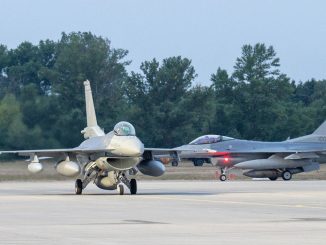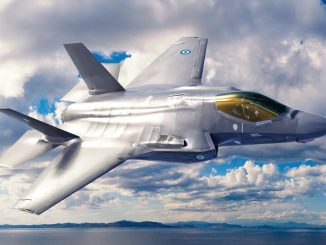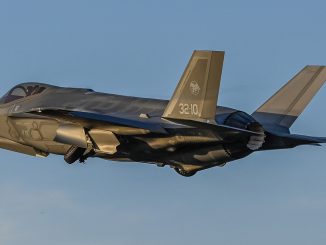
On Dec. 9, an F/A-18D belonging to the VMFAT-101 of the USMC crashed into San Diego following an engine failure. The aircraft had departed from a routine mission from the USS Abraham Lincoln sailing off shore San Diego when the single pilot on board the two seater Hornet experienced a failure.
Since attempting to land on the carrier was probably too dangerous (and the aircraft was loaded with fuel), the pilot headed towards MCAS (Marine Corps Air Station) Miramar declaring an emergency. As the plane was “feet dry” at Torrey Pines, more problems struck, and the aircraft began loosing altitude and becoming unstable.
According to what has been reported by the media, the pilot struggled to aim the aircraft at a desert canyon, away from houses and the Interstate 805 and then ejected. He landed safely in a tree but the uncontrolled F-18 slammed into the houses, destroying 3 homes and some 20 cars. Unfortunately 3 people died and 1 is still missing.
Some claimed the pilot had to avoid overflying a densely populated area as the University neighborhood of San Diego with a single engine but it is too early to analyse the mishap.
For sure, what can be said is that a two engines aircraft suffering a single engine flame out can still be flown home. In some cases, provided that the distance from the landing field is extremely short and that the altitude is high, it could also safely land gliding with both engine flamed out. For this reason, military aircraft perform SFO (Simulated Flame Out) patterns as part of their daily training.
The type of accident reminded me a tragic mishap that happened in Italy on Dec. 6 1990.
On that day, an Aermacchi MB.326 belonging to the 3° Stormo of the Aeronautica Militare crashed into a school in Bologna causing the 12 dead students and 88 wounded. The aircraft, that belonged to the 603^ Squadriglia Collegamenti (Liaison Flight), had taken off from Villafranca for a mission with the anti-aircraft units of Esercito Italiano (Italian Army) using callsign A356.
The aircraft suffered an engine failure when flying North of Ferrara and the pilot Lt. Bruno Viviani headed towards Bologna civilian airport to attempt an emergency landing. While approaching the airport the engine flamed out and caught fire, and immediately after the aircraft departed from controlled flight. The pilot ejected while the aircraft was aimed at an apparently unhabitated area but it suddenly turned to the right just after the ejection (maybe because of the angular momentum induced by the ejection seat’s rockets) slamming into the a school, located in Casalecchio di Reno, next to Bologna.
The pilot was not found guilty, although someone demurred that, since he had experienced the failure over Ferrara, he would have had to head towards the Adriatic sea or to perform an emergency landing in Ferrara, instead of proceeding towards Bologna.
Both the F-18 and the MB326 accidents happened in the first days of December. In both cases two seats aircraft had just one pilot on board and pilots ejected safely. In both cases, the aircraft, aimed at an isolated place turned and slammed into buildings causing death after ejection.





